Unearthing Hidden Treasures: Navigating The Discovery Of New Minerals On Ghanaian Mining Concessions Under The Mining Legal Regime

Introduction Mining is one of the most significant industries in Ghana, contributing heavily to the economy and playing a central role in the country’s development. In 2023, the Mining and Quarrying sector (excluding oil and gas) contributed GHC 13.967 billion to Ghana’s Gross Domestic Product (GDP), representing 8.1% of the total GDP thus making it the country’s third most valuable economic activity[1]. As one of Africa’s top gold producers, Ghana also harbors a wealth of other minerals such as bauxite, manganese, diamonds, and even more recently, the discovery of lithium. The process of discovering and extracting these minerals is governed by strict legal frameworks. One of the primary legislative instruments regulating mining activities in the country is the Minerals and Mining Act, 2006 (Act 703) as Amended[2]. This Act provides a comprehensive legal framework for mineral resource management, including the processes involved in exploring, discovering, and developing minerals on a mining concession. This article will provide an in-depth exploration of how the discovery of other minerals within an existing mining concession is regulated under Act 703. We will discuss the procedures, rights, obligations, and challenges associated with mineral exploration, focusing on the law’s applicability to the discovery of additional minerals beyond those initially licensed for extraction. [1] Ghana Chamber of Mines, Performance of the Mining Industry 2023 (domestic economic developments in 2023) [2] Act 703 The Minerals and Mining Act, 2006 (Act 703) as Amended is the primary legislative instrument governing the mining sector in Ghana. It regulates all aspects of the mining industry, from prospecting, reconnaisance and extraction of minerals to environmental protection and community relations. Act 703 is anchored on the principle that all mineral resources in Ghana are vested in the President in trust for the people of Ghana[1], and thus any exploration, development, or extraction of minerals requires permission and licensing from the state, through the Minerals Commission.[2] Under this law, anyone interested in engaging in mineral exploration or mining activities must obtain the necessary licenses and permits from the Minerals Commission, the primary regulatory body for the mining sector. This regulatory framework seeks to ensure the responsible extraction of minerals while balancing the economic, social, and environmental interests of the country. 2. Grant of Mining Rights Under Act 703 A mineral right can be defined as “Reconnaissance License; Prospecting License; Mining License; Restricted Reconnaissance License; Restricted Prospecting License & Restricted Mining Lease”.[3] There is also the Small Scale Mining License which by law is granted to Ghanaians only.[4] Further a mineral right may only be granted to a company registered under the Companies Act, 2019 (Act 992) or the Incorporated Private Partnerships Act 1962 (Act 152), and not to an individual, unless this Act states otherwise.[5] Each of these licenses or leases is granted for a specified mineral or minerals. However, as geological formations in mining areas may be rich in more than one mineral, it is possible for a mining operator to discover additional minerals that were not part of the original exploration or mining license. 3. Discovery of Other Minerals on a Mining Concession One of the central issues in mining operations in Ghana involves the discovery of other minerals not initially listed in the exploration or mining license. Ghana’s subsoil is known for its complex and varied geological structures, which often means that deposits of multiple minerals can be found within the same concession. These additional minerals may include both major and minor minerals, ranging from gold and bauxite to lithium, manganese or other rare earth elements. [1] Section 1, Act 703 & Article 257 (6), 1992 Constitution of Ghana [2] Sections 5 & 9, Act 703 [3] Section 111, Act 703 [4] Section 83, Act 703 [5] Section 10, Act 703 4. The Legal Framework for Discovering Other Minerals The Minerals and Mining Act, Act 703 provides specific guidelines on what a concession holder must do upon discovering minerals other than those specified in the holder’s license. The law emphasizes that the discovery of additional minerals does not automatically grant the concession holder the right to explore or exploit those minerals unless proper authorization is given. It is designed to prevent unauthorized exploitation and to ensure that the state retains control over its mineral resources. Section 15(1) of Act 703 stipulates that where the holder of a reconnaissance, prospecting, or mining license discovers minerals that are not covered under the existing license, the holder is obligated by law to notify the Minerals Commission and the Geological Survey Department within thirty (30) days in writing of the discovery. The holder of the mineral right exercises the first option to apply for the mineral right to be amended to include the additional mineral discovered.[1] Once notified, the Minister, through the Minerals Commission, may either; grant permission to the concession holder to explore and develop the newly discovered minerals, provided the concessionaire has the capacity and meets all regulatory requirements; or require the concession holder to apply for a new or separate license for the additional minerals.[2] Alternatively, a situation may arise where the Minerals Commission becomes aware of the existence of additional minerals within a concession already covered by an existing mineral right which the concession holder may have no knowledge of. In such a situation, Act 703 provides that a mineral right shall not be granted for another mineral over the same area of land the subject of an existing mineral right, unless the holder of the existing right is notified and given the first option of applying for the right.[3] The above provision is reiterated in the Minerals and Mining (Licensing) Regulations, 2012, L.I. 2176 which provides that where an application for a mining lease conflicts with an existing mineral rights for a different mineral in the same area, the Commission shall give notice to the existing holder within fifteen (15) days of the application, and the holder shall be given the first option to add the mineral to the existing mineral right[4]. It further provides that where the existing
Rethinking Divorce: A Case For No-fault Divorce In Ghana

Once head-over-heels in love, Roland Kofi Mensah and Sandra Araba Mensah married and welcomed two beautiful children into their lives. They had an enviable ten (10) years of marriage and even celebrated their 10th wedding anniversary in Bali, with close family and friends. However, their relationship was not so picture perfect behind closed doors, thus, as time passed it deteriorated, leading to a decision to divorce and go their separate ways. They had a very contentious divorce in the High Court, Accra, Ghana. The fault-based system and acrimony, which characterizes the Ghanaian judicial system, required them to apportion blame, unearthing painful memories, secrets and allegations that permanently injured their once-happy relationship. Now, in sharp contrast to what was once blissful, they only maintain a co-parenting relationship, devoid of any friendship. Under the laws of Ghana, divorce is fault based, thus a petitioner is required to adduce sufficient evidence that the marriage has broken down beyond reconciliation before a divorce would be granted. Had Mr. and Mrs. Mensah pursued a no-fault divorce, the process could have been less adversarial and concentrated on an amicable separation without blame. A no-fault approach might have preserved their relationship, allowing for more cordial co-parenting, a healthier environment for their children and increase the tendency for the parties to reconcile. In Ghana, the current law on the dissolution of a monogamous marriage is fault based and it compels couples to apportion blame on one party for the breakdown of the marriage. This article recommends a reformation of the existing laws on divorce by proposing the implementation of the no-fault divorce. It begins with a brief overview of the current law on divorce in Ghana which brings to the fore the current complexities and pitfalls associated with the Matrimonial Causes Act 1971 (Act 367). This article, then provides the reader with what a no-fault divorce is; its pros and cons; and concludes with recommendation for the amendment of the Matrimonial Causes Act 1971 (Act 367) to include provisions for a no-fault divorce. OVERVIEW OF THE LAW ON DIVORCE IN GHANA Marriage is an institution profoundly entrenched in the social culture of Ghana. Marriage may be defined as “the legal relationship between a husband and a wife”[1]. In Matthew 19:5, the Bible says “… For this reason a man shall leave his father and mother and be joined to his wife, and the two shall become one flesh’?”. Thus, within the Christian context, marriage is monogamous; a contractual union between one man (a bachelor) and one woman (a spinster). This Christian view is made evident in the oft quoted case of Hyde v. Hyde[2] where Lord Penzance defined marriage as “the voluntary union for life of one man and one woman to the exclusion of all others”. In many African societies, marriage is seen as a highly respected institution or union and often recognized as a rite of passage such as birth, puberty rite and death rites.[3] There are various types of marriages recognised under the Ghanaian law. These are ordinance (monogamous) marriage, customary marriage and marriage under the Mohammedan Ordinance. The institution of marriage is so sacred that the Bible admonishes us not to put asunder what God has put together,[4] however, some irreconcilable differences often cause the parties to the marital contract to seek divorce, notwithstanding their intention of staying married for life. Divorce is the legal procedure that ends the marriage contract. It terminates the marital relationship between the spouses as well as extingui sh the associated rights, obligations and duties.[5] The Law governing divorce or dissolution of monogamous marriage in Ghana is the Matrimonial Causes Act 1971 (Act 367). The Rules of Order 65 of the High Court ( Civil Procedure) Rules 2004 (C.I 47)[6] provides on the practice and procedure of the High Court and Circuit Court in matrimonial causes and matters specifically divorce. Furthermore, the matrimonial jurisdiction of the District Court in dealing with divorce is regulated by Order 32 of the District Court Rules, 2009 (C.I. 59). Pursuant to Act 367 [7], either party to a marriage may petition the Court for divorce and the Court may be inclined to grant same on the sole ground that the marriage has broken down beyond reconciliation[8]. PITFALLS OF THE FAULT-BASED DIVORCE PER THE MATRIMONIAL CAUSES ACT 1971 (ACT 367) A party to a marriage can bring a petition for divorce only after two years of marriage or seek leave to bring the petition earlier if that party can prove substantial hardship or depravity by the other spouse/party.[9] This requirement often leaves spouses who want out feeling entrapped. The Law[10] necessitates the assignment of fault in divorce, thus in proving to the Court that marriage has broken down beyond reconciliation, the petitioner must satisfy the Court of one or more of the following six (6) facts: “(a) that the respondent has committed adultery and that by reason of the adultery the petitioner finds it intolerable to live with the respondent; (b) that the respondent has behaved in a way that the petitioner cannot reasonably be expected to live with the respondent; (c) that the respondent has deserted the petitioner for a continuous period of at least two years immediately preceding the presentation of the petition; (d) that the parties to the marriage have not lived as husband and wife for a continuous period of at least two years immediately preceding the presentation of the petition and the respondent consents to the grant of a decree of divorce, provided that the consent shall not be unreasonably withheld, and where the Court is satisfied that it has been so withheld, the Court may grant a petition for divorce under this paragraph despite the refusal; (e) that the parties to the marriage have not lived as husband and wife for a continuous period of at least five years immediately preceding the presentation of the petition; or (f) that the parties to the marriage have, after diligent effort, been unable to reconcile their differences”[11] Notwithstanding the existence of one or more of the aforementioned facts, the Act enjoins the Court to satisfy itself that on all the evidence adduced, the marriage has indeed broken
Kwabena Agyei-Boahene. ESQ.

Lois Koomson, Esq. BA, LLB, BL, LLM

Kofi karikari-Boakye Yiadom ESQ.



